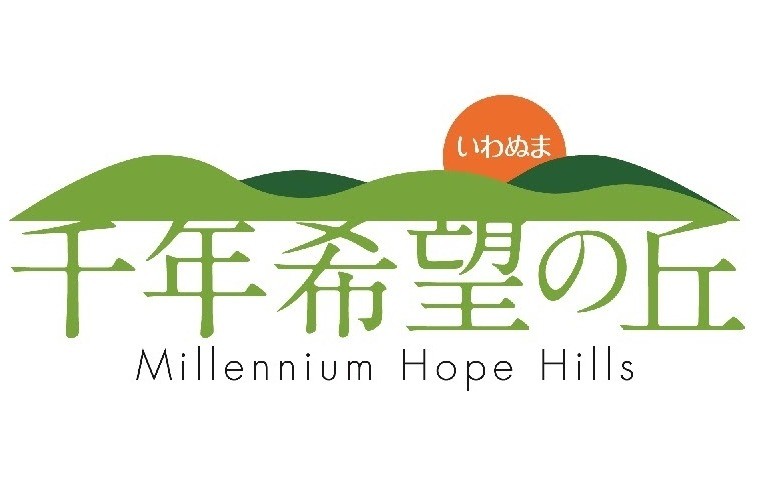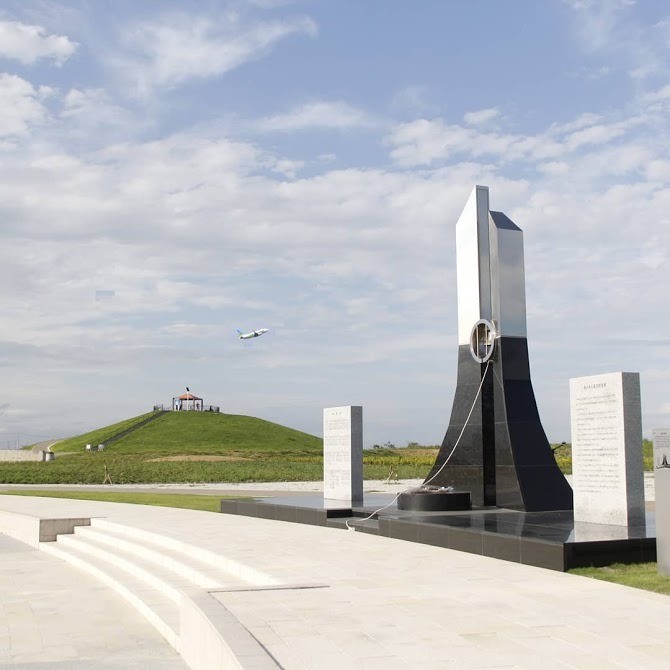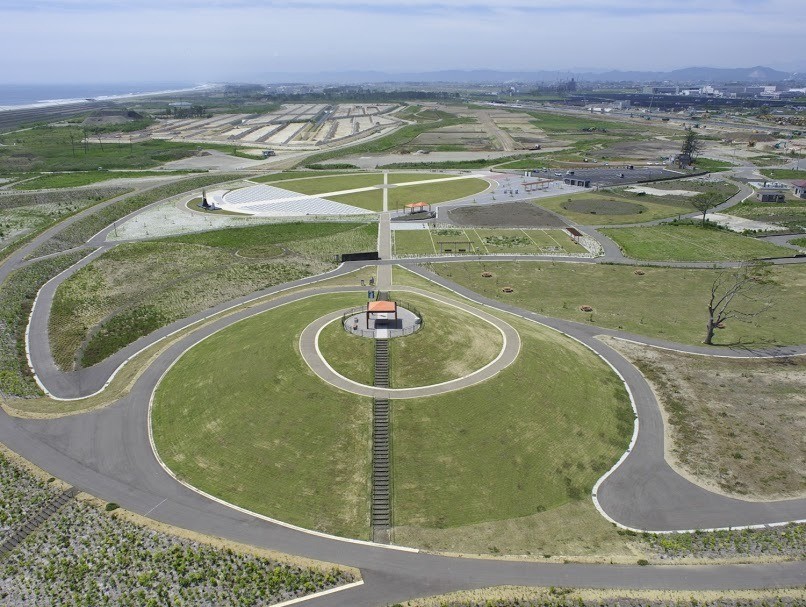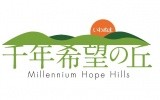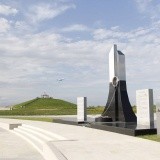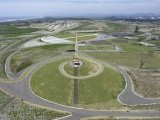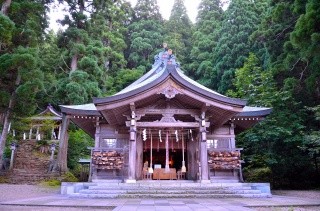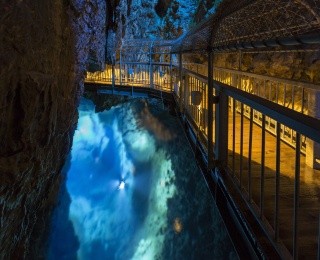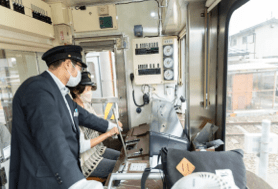Millennium Hope Hill
Millennium Hope Hills is a memorial park and symbol of reconstruction, created with the hope that children will be able to live happily with smiles on their faces for a thousand years to come. The park is a place for mourning, transmitting the legacy of the disaster, and educating people about risk and preparedness. In total, there are six parks along a 10-kilometer stretch of coastline that retain the names of pre-disaster villages (Ainokama, Fujisone, Ninokura, Hasegama, Kabasaki, and Shinbama), plus connecting park roads and related facilities. The hills were constructed by recycling approximately 90% of the city’s disaster debris, totaling about 574,000 tons. Millennium Hope Hills is part of a “multi-layered” tsunami defense system that starts with a seawall and heads inland, with the Hills, shoreline protection on the Teizan Canal, and the Tamaura Hope Line raised roads. Since 2013, volunteers have planted nearly 400,000 trees of 21 different species. The goal for these trees to grow into a magnificent coastal forest and natural barrier to protect the residents of the city in 15 to 20 years.
Ainokama Park, located approximately 800 meters from Sendai Airport, has an exchange center that serves as a disaster education facility, plus a memorial monument, evacuation hill, open-air plaza, and preserved ruins from the disaster, including a fire lookout tower and the foundations of lost homes. The exchange center presents photographs, panel displays, and video footage that provide an in-depth record of the great tsunami and the lessons that can be learned, showing also the progress being made in reconstruction. Visitors can make a reservation to listen to a talk given by a storyteller (fees required), or rent bicycles to visit the six parks, preserved ruins, and related facilities.
There are “evacuation hills” at each park, 14 in total, each equipped with a gazebo at the top that can be converted into a large tent to shelter evacuees with benches that turn into barbecue pits in case of emergency, and hold supplies including phone chargers (with solar lights) and more.
Languages available: English, Chinese (simplified), Chinese (traditional), Korean
• Some video materials have subtitles in English, Chinese (simplified), Chinese (traditional), and Korean.
• An explanatory booklet (free) is available in English, Chinese (simplified), Chinese (traditional), and Korean.
• Some exhibits provide explanations in both Japanese and English.
- Category
- Shopping
General Information
- Prices
- Free for general viewing
*A fee is required to rent out the entire exchange space. - Opening Times
- 9:00 a.m. – 5:00 p.m.
- Closures
- Tuesdays (the following day if Tuesday is a holiday), year-end/New Year holiday
Admission: Free for general viewing - Directions
- About 20 minutes by car from JR Iwanuma Station
About 10 minutes by car from Iwanuma IC on the Sendai-Tobu Road
About 7 minutes by car from Sendai Airport IC
About a 17-minute walk from Sendai Airport - Official Website
- https://sennen-kibouno-oka.com/english/
Contact
- Telephone Number
- 0223-23-8577
